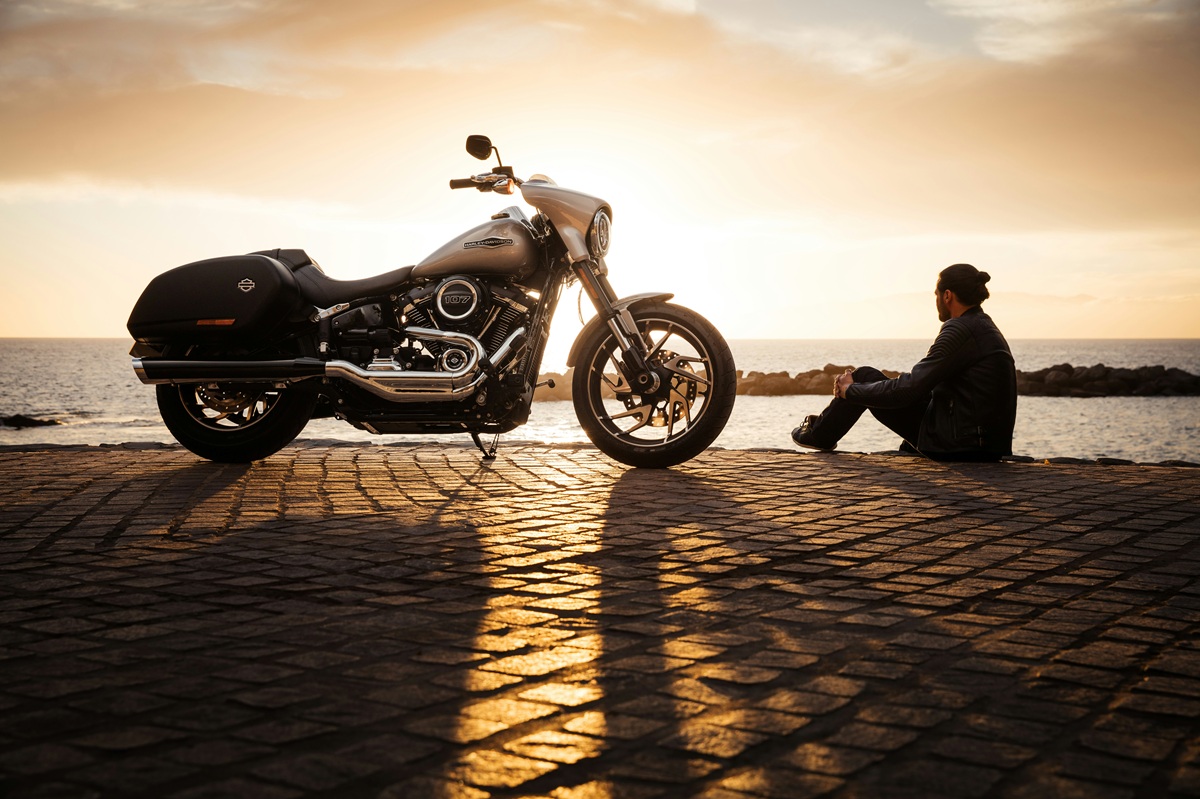
You’re 200 miles into the wilderness, surrounded by breathtaking mountain peaks. You pull over to capture the perfect sunset shot, hit the kill switch, snap your photos, and then… *crickets*. Your bike won’t start. Your motorcycle battery has died in the middle of nowhere, with no cell service and the nearest town hours away.
I learned this lesson the hard way during a solo trip through the Canadian Rockies. What started as a dream adventure quickly turned into a survival story when my motorcycle battery decided to quit at the worst possible moment. That experience taught me to read the warning signs – and now I’m sharing them with you so you can avoid the same nightmare on your next adventure.
The Slow Starter: Your First Red Flag
If your bike has been taking longer than usual to crank over, don’t ignore it. A healthy battery should fire up your engine within a few seconds of hitting the starter button.
When you find yourself holding that button for five, six, or even ten seconds before the engine catches, your battery is crying for help.
During daily rides around town, this might seem like a minor inconvenience. But on a multi-day adventure tour, especially in remote areas where temperatures drop significantly at night, that sluggish start will only get worse.
Cold weather is also a notorious battery killer, and what barely works at home might leave you stranded on a chilly mountain morning.
The Dimming Lights Dilemma
Here’s something most riders don’t pay attention to until it’s too late: watch your headlight brightness when you’re idling versus when you’re revving the engine. A strong battery will maintain consistent lighting regardless of RPMs.
If your headlight dims noticeably when you’re sitting at a red light or idling in camp, your battery isn’t holding the charge it should.
This becomes critical during adventure touring because you’ll often be riding with your headlight on all day (many countries require this by law), running GPS devices, charging your phone, and possibly powering heated gear.
A weakening motorcycle battery simply can’t handle these demands while maintaining enough reserve power for reliable starting.
The Age Factor: Time Waits for No Battery
Most motorcycle batteries have a lifespan of 2-4 years, depending on usage and maintenance. If yours is pushing three years old, it’s entering the danger zone for long-distance touring.
Even if it seems fine during short rides, the stress of extended touring – with constant charging and discharging cycles, temperature extremes, and vibration – can push an aging battery over the edge.
I always recommend replacing any battery over three years old before embarking on a major tour. Yes, it’s an upfront cost, but it’s far cheaper than a helicopter rescue or missing days of your adventure waiting for roadside assistance in remote areas.
The Voltage Test: Numbers Don’t Lie
Here’s a simple test anyone can do: using a basic multimeter (about $15 at any auto parts store), check your motorcycle battery voltage with the engine off. A fully charged 12-volt motorcycle battery should read between 12.6 and 12.8 volts. If it’s reading 12.4 or lower, you’ve got problems brewing.
Even more telling is the voltage drop test. Start your bike and rev it to about 2,000 RPMs. The voltage should rise to around 13.5-14.5 volts, indicating that your charging system is functioning properly.
If it stays low or doesn’t increase much, either your battery isn’t accepting the charge properly, or your charging system has issues – both scenarios that will ruin your adventure.
Weather Sensitivity: When Your Battery Gets Moody
Always pay attention to how your bike starts in different weather conditions. A battery on its last legs might work fine on warm summer days, but struggle when temperatures drop, humidity rises, or barometric pressure changes.
Adventure touring often takes you through various climate zones in a single day, from hot desert valleys to cool mountain passes.
If you notice your bike is harder to start on damp mornings or during temperature swings, that’s your battery telling you it’s reaching its limits. Don’t gamble with Mother Nature – she always wins.
The Corrosion Connection
Once in a while, learn how to take a look at your battery terminals. White, blue, or green crusty buildup isn’t just unsightly – it’s creating resistance that prevents your battery from delivering full power.
While cleaning terminals can help temporarily, excessive corrosion often indicates a battery that’s leaking or overcharging, both signs that replacement is needed.
During adventure touring, you’re exposing your bike to dust, moisture, and vibration that can accelerate corrosion issues. A battery that’s already showing terminal corrosion at home will likely get much worse on the road.
The Bottom Line: Trust Your Gut
Your motorcycle battery is like a trusted riding partner, so when it starts acting differently, pay attention. The wilderness isn’t forgiving of electrical failures, and the inconvenience of replacing a battery at home pales in comparison to being stranded miles from civilization.
Before your next tour, give your battery a thorough check: test voltage, clean terminals, and consider its age.
Whether you’re grabbing a replacement from your local shop or checking out specialized providers like Renegade Battery in Arizona for high-performance options, investing $100-200 in reliability is worth every penny when you’re miles from civilization.
Safe travels, and ride with confidence!
Like this:
Like Loading…
Please visit:
Our Sponsor
